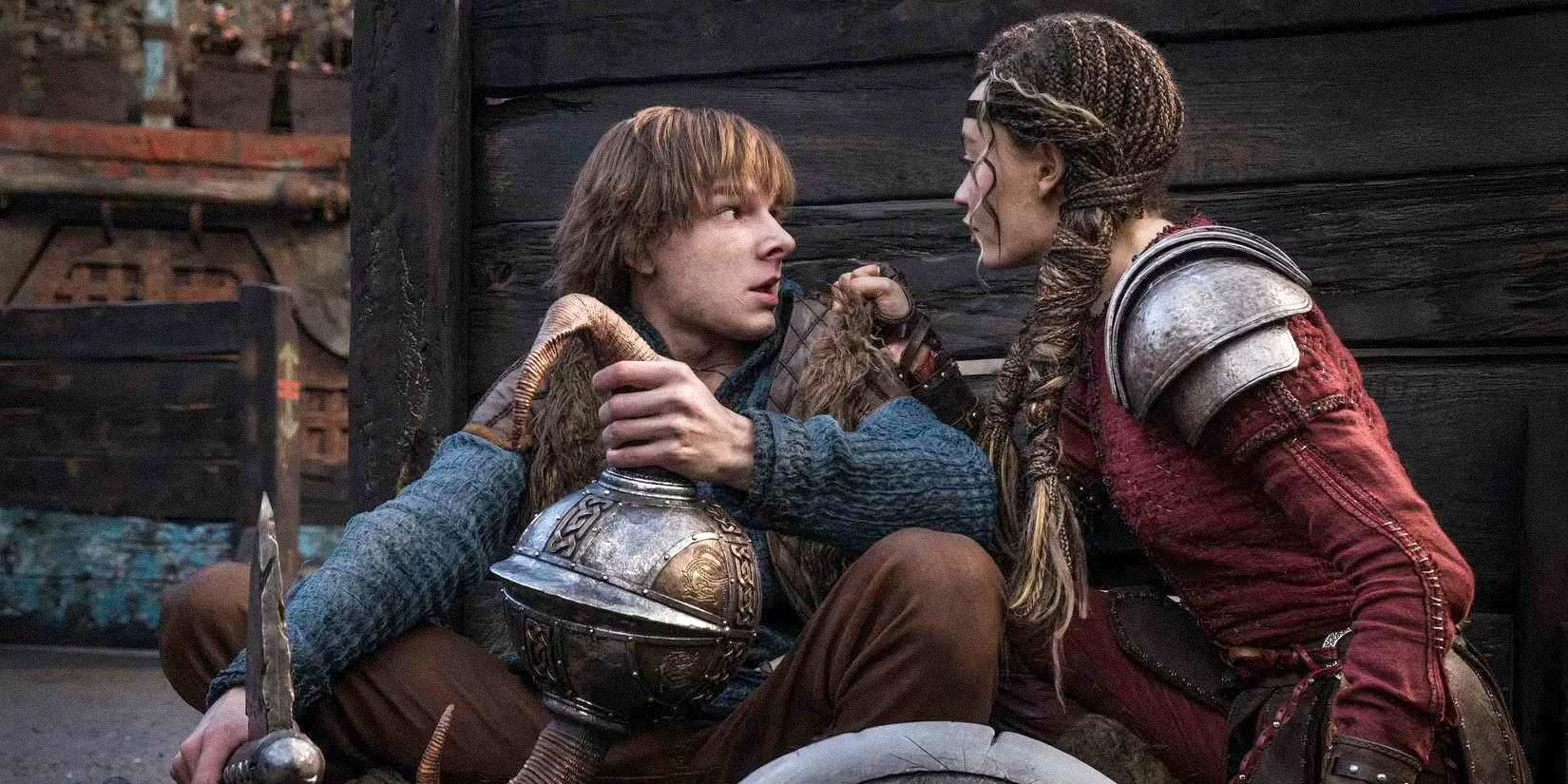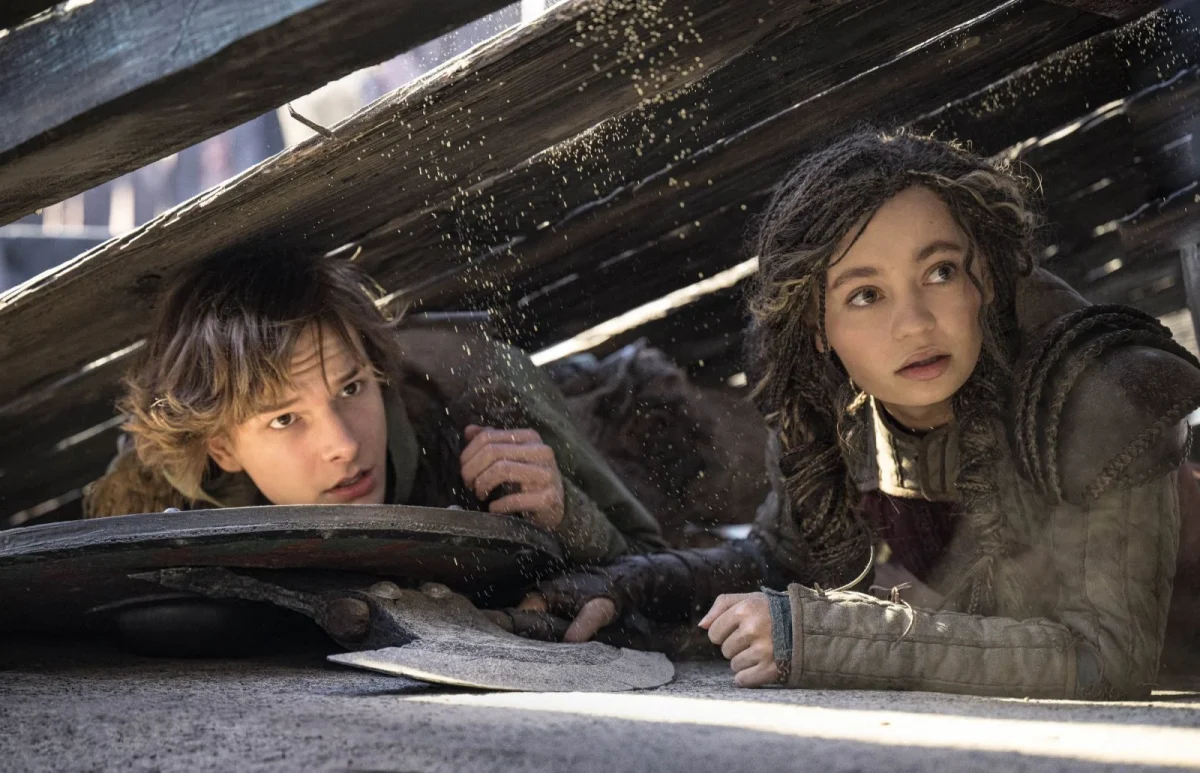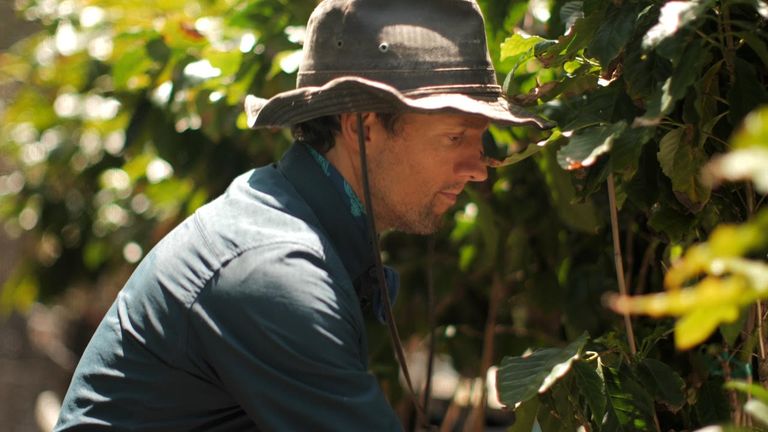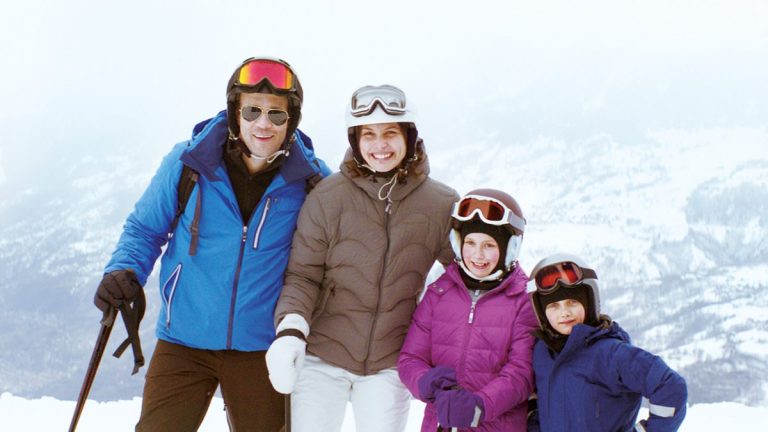Assessing the merits of the remake of “How to Train Your Dragon” is a difficult task, as it’s nearly impossible to analyze the film’s strengths and weaknesses without comparing it to the 2010 animated film of the same name. Although Walt Disney Studios has been releasing live-action remakes of their animated films for well over a decade, “How to Train Your Dragon” is the first from DreamWorks Animation, and is expected to be the first installment of a major franchise.
Unlike a film like “The Jungle Book” or “Pinocchio,” which have aged for decades, the animated “How to Train Your Dragon” was a more recent release, making it likely that a significant portion of the audience is already familiar with the story.
The question with many of these remakes is whether there is a reason for their translation into live-action, and if there are significant enough changes to justify a retelling. In the case of Disney remakes like “The Lion King” or “Aladdin,” the transition in mediums was to the films’ detriment; talking animals and magic genies look and feel a certain way in animation that looks flat and off-putting when inserted into a tactile environment.
In other cases, the changes made to the original are creative failures. By adding to the backstory of the characters in “Beauty and the Beast,” the 2017 live-action remake made the mythology more confusing and brought the film closer to the type of generic fantasy storytelling that it had intended to subvert.
These types of adaptive changes don’t necessarily apply to 2025’s “How to Train Your Dragon,” as it is helmed by the original film’s director, Dean DeBlois. While not every animated director can make the transition into working with real actors, practical locations, and legitimate stunts, DeBlois certainly shares the cross-media capabilities of a filmmaker like Brad Bird.
The island of Berk is gorgeously rendered with a thriving, affluent community of Vikings that is instantly transporting. Although the CGI dragons bear much in common with their animated counterparts, the designs are adapted just enough to look authentic when interacting with the live-action actors. Nonetheless, the dragons retain their simple, expressive qualities; anyone charmed by Toothless in the animated film will likely be beside themself with joy upon seeing the new version.

The question of objectivity with “How to Train Your Dragon” (2025) is a complex one, as it’s not a simple case in which an audience member is expected to have seen the first film upon viewing its sequel. This “How to Train Your Dragon” can be viewed as a standalone entity, as the immersive nature of DeBlois’ direction, the relevant themes about cyclical warfare, and the charismatic young cast are all quite effective. It’s possible to judge, and perhaps to condemn, the film for taking so few chances with the outline of the original, as any changes made are minor.
The film’s success is not its own, as its translation of the material is comparable to what Gus Van Sant did with his infamous remake of Alfred Hitchcock’s “Psycho.” The difference is that while Van Sant’s “Psycho” was a poor adaptation that robbed the original of its ambiguity, DeBlois’ remake only emphasizes and enhances the qualities that made the first film so beloved.
Mason Thames, the young breakout star of “The Black Phone,” is cast in the role of Hiccup, a young Viking who is mocked for his meekness and poor skills in battle. Although Hiccup believes that his strategic mind will one day make him a valuable member of the clan, he’s pushed to be more traditional by his father, Stoik (Gerard Butler, reprising his role from the animated film), who is Berk’s chieftain.
Hiccup finally gets the chance to prove himself when he uses a device to shoot down an enigmatic dragon that has been raiding the clan, known only as the “Night Fury.” Although he tracks down the beast with the intention to kill it, thus showcasing his bravery to his father, Hiccup finds himself incapable of killing an innocent creature.
In the vein of any classic “boy and his dog” stories, Hiccup begins to bond with the dragon that he now refers to as “Toothless,” and even helps to mend his wounded wing. Hiccup’s newfound knowledge of dragons allows him to advance within the Viking training program led by Stoic’s best friend, Gober (Nick Frost), much to the dismay of his classmates. Hiccup’s dueling lives crash into one another when he discovers that the dragons that raid Berk are in service of a larger beast, which forces them to wage war. Although Hiccup believes himself capable of riding Toothless into battle, the Vikings are resistant to the very notion of peace.

The themes of “How to Train Your Dragon” are more relevant than ever. When Stoic questions Hiccup if he would be willing to give up revenge on those who killed his mother, he’s forced to contemplate whether vengeance will do anything other than perpetrate the cycle of violence.
Hiccup is forced to stand up against a culture that prides itself on survival, but he’s also an outsider who is shamed for not living up to the standards of masculinity established by his father. Thames is incredibly expressive, charismatic, and soft-spoken. He’s impressively able to hold attention when interacting with digital backdrops. Butler is also terrific, as his characterization of Stoic’s loving, yet frustrated, relationship with his son is easily the film’s emotional highlight.
While it’s the dynamic between Toothless and Hiccup that dominates the screen time, the progression of the Viking training program allows for many inventive set pieces, each of which merges legitimate stunt work with some of the best CGI in recent memory. A majority of the supporting characters are there to fulfill necessary, yet generic stereotypes, but “How to Train Your Dragon” does enhance the depiction of Astrid (Nico Parker), a dragon-fighting trainee whom Hiccup is smitten with. The clash between Astrid and Hiccup isn’t just ethical, but cultural. While Hiccup has the privilege of being the chieftain’s son, Astrid has to abide by her assimilated way of life in order to gain acceptance.
“How to Train Your Dragon” takes advantage of its IMAX photography, as the film is complete with epic, sweeping shots that occupy the entire screen. John Powell’s score is maximized to its fullest effect, and despite its PG rating, the film gets rather gripping and emotional during the peak of Hiccup’s ostracization. Can a film be creatively bankrupt and cynically produced, yet also beautifully executed and moving at times? In the case of 2025’s “How to Train Your Dragon,” the answer is yes.




![Poor Agnes [2017]: Fantasia Film Festival Review](https://79468c92.delivery.rocketcdn.me/wp-content/uploads/2017/07/PoorAgnes_2-768x433.jpg)
![The Edge of Seventeen [2016] Review : Warmly Intimate and Utterly Lovable](https://79468c92.delivery.rocketcdn.me/wp-content/uploads/2017/02/edgeof17header.jpg)


![El Club [2015] : A Fall from Grace](https://79468c92.delivery.rocketcdn.me/wp-content/uploads/2017/01/Club-1-768x322.jpg)
![Bad Luck Banging Or Loony Porn [2021]: ‘HIFF’ Review – A Romanian Satire For The Ages](https://79468c92.delivery.rocketcdn.me/wp-content/uploads/2021/09/Bad-Luck-banging-or-Loony-Porn-1-highonfilms-768x512.jpg)